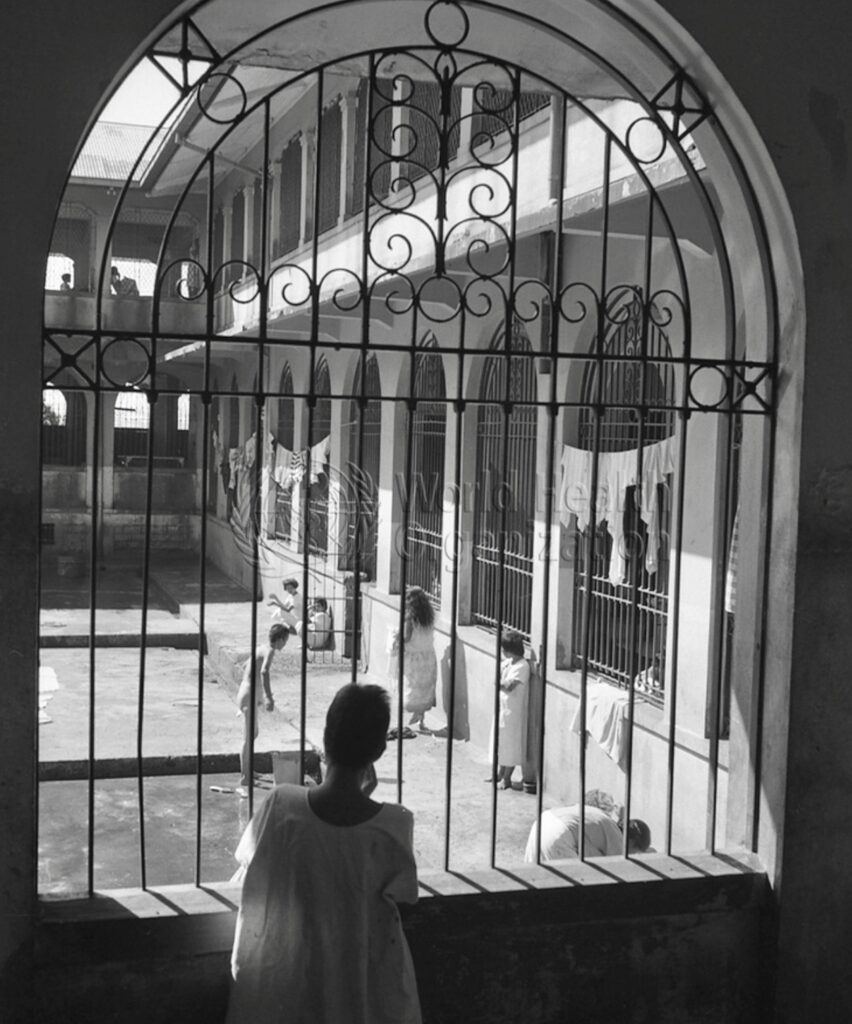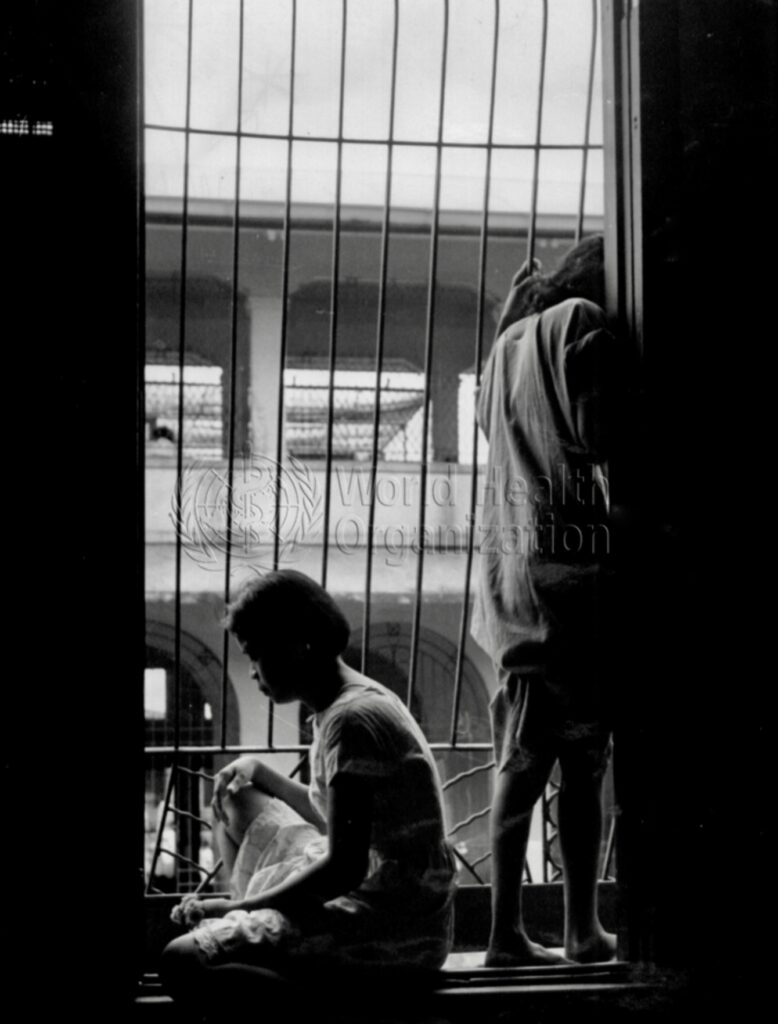By Henrylito D. Tacio
Photos courtesy of WHO
Twenty-two-year-old Jennifer, who works in a call center in Davao City, felt nothing is interesting anymore in her life. This was after her boyfriend, Julius, broke up with her. She didn’t want to see her friends or talk with anyone. Everything seemed as exciting as having uncooked liver for dinner. This went on for about three weeks until her parents noticed something was wrong with their only daughter.
“You have to snap out of it before it’s too late,” her mother told her. “Snap out of what,” Jennifer asked. The loving mother put her arms around her daughter and said softly, “Out of your depression.”
“Depression?” Jennifer replied. “That’s only for those who have big problems in life, not me. I’m just feeling a little down.”
Whether she’s indeed just “a little down” or not, Jennifer is experiencing what experts call dysthymia. “It is a less severe but more continuous form of depression,” explains the Minnesota-based Mayo Clinic. “It lasts for at least two years. Symptoms usually aren’t disabling, and periods of dysthymia can alternate with short periods of feeling normal. People with dysthymia have increased risk for major depression.”
Unknowingly, depression is hard to detect among Filipinos. “People confuse depression for normal sadness,” Dr. Randy Dellosa, a psychiatrist, was quoted as saying.

“Depression is a devastating illness that affects the total being – physically, emotionally, and spiritually,” wrote Frank B. Minirth and Paul D. Meier in their book, Happiness Is a Choice. “The emotional pain of depression is more severe than the physical pain of a broken leg.”
“After anxiety, depression is the most common mental health disorder,” notes The Merck Manual of Medical Information. Statistics show that 10% of people who see their doctors for what they think is a physical problem are actually experiencing depression.
“People who become depressed typically do so in their 20s, 30s, or 40s, although depression can begin at almost any age,” the Merck manual points out. “Depression affects a number of children and adolescents.”
An episode of depression typically lasts about 6 months if untreated, but sometimes it lasts for 2 years or more. “Episodes generally tend to recur several times over a lifetime,” the Merck manual notes.
Medical experts say that about a third of people with depression don’t know they have it. And two-thirds don’t seek treatment at all. “With proper treatment, most people with serious depression improve, often within weeks, and can return to their normal daily activities,” says the Mayo Clinic.
But how can they be treated if no one reports it? “In the Philippines, many people still think that depression is not an illness, but something that one eventually snaps out of, and that’s the reason why so many people who are suffering from depression feel embarrassed to seek help,” said Senator Grace Poe, who filed a resolution on the increasing incidence of suicide and depression in the country.

In Southeast Asia, the Philippines has the highest number of depressed people, according to Senator Risa Hontiveros, Chair of the Senate Committee on Health. In fact, one in 5 adult Filipinos suffers from a mental or psychiatric disorder.
It is not surprising why suicide cases in the country have been growing over a period of 20 years. The Geneva-based World Health Organization (WHO) reported the Philippines has suicide rates (per 100,000) of 2.5 for men and 1.7 for women as of 1993.
“But these numbers don’t necessarily tell the entire story,” wrote Lila Ramos-Shanani in her column for Philippine Star. “According to the WHO, they probably represent only a portion of the whole, because suicides statistics are vulnerable to under-reporting in a predominantly Catholic country like the Philippines.”
Maria Theresa Redaniel, May Antonnette Lebanan-Dalida, and David Gunnell, authors of a study entitled, “Suicide in the Philippines: time trend analysis (1974-2005) and literature review,” wrote that the most commonly used methods of suicide were hanging, shooting and pesticide ingestion. In non-fatal attempts, the most common methods used were the ingestion of drugs or pesticide ingestion. Family and relationship problems were the most common problems reported.
“While suicide rates are low in the Philippines, increases in incidence and relatively high rates in adolescents and young adults point to the importance of focused suicide prevention programs,” the study concluded. “Improving data quality and better reporting of suicide deaths is likewise imperative to inform and evaluate prevention strategies.”
More often than not, most of those who commit suicide are men and in their twenties. Luceno Bejona, a security guard under the Paseca Security Agency, was caught by surprise when they heard a big bang at the entrance-exit of the parking lot of one of the biggest malls in Davao City a couple of years back.
Bejona was on the ground floor at the time. So, he tried to find out what the noise was all about. He was shocked to see a bloodied man, wearing a white polo shirt and black cargo pants, lying face down.
The victim was later identified as 26-year-old Nestor Ramos. In his Facebook account, he wrote that he is planning to do it. “I decided to go hindi dahil sa kasalanan ko ngaun… dahil matagal ko na tong plano, sana pala ginawa ko na noon di na sana ako nka gawa pa ng ibang kasalanan at makapanakit ng damdamin ng ibang tao,” he wrote.
To comment on his status by a friend who told him not to do something drastic, he replied: “Dli ni sya dautan teh mao jud ni sya akong disisyon (This is not wrong, sister, this is really my decision).”
According to the United Nations health agency, one out of four people around the world will suffer from a mental or neurological disorder at some point in their lives. Mental health, as defined by WHO, is “a state of well-being in which the individual realizes his or her own abilities, can cope with the normal stresses of life, can work productively and fruitfully, and is able to make a contribution to his/her community.”
“Mental health is a vital part of a person’s total health and that the problems on mental health contain not just the traditional mental health disorders but the issues of target populations susceptible to psychological risks caused by extreme life experiences such as disasters, near-death experiences, heinous and violent crimes, internal displacement brought about by religious and civil unrests as well as the psychosocial matters of daily living like preserving a sense of well-being in these complicated times,” explains Dr. Mary Joselle D. Villafuerte, a medical doctor who once studied psychology at the St. Paul University Manila.
Mental illnesses are of different types and degrees of severity. Some of the major types are anxiety, schizophrenia, bipolar mood disorder, personality disorders, eating disorders, and depression. These illnesses may also be referred to as a mental disorder, mental impairment, or psychiatric disability.
Based on a survey conducted in 2000 by the National Statistics Office, mental illness is the third most common form of disability in the country – after visual and hearing impairments. For every 100,000 Filipinos, about 88 of them have mental illness due to heredity, psychosocial development, and substance abuse.
In most cases, mental illness is not easily understood by everyone. “We instinctively fear what we do not comprehend,” wrote Dr. Malaya Pimental-Santos, a long-time community health advocate having worked with several non-government health organizations.
“The negative perception of society towards mental disorders is widespread, and represents an added burden for affected individuals, who are already faced with the burden of having to deal with the medical aspects of their illness,” Dr. Santos wrote in her column, “A Different Drum,” published in Health and Lifestyle.
A person diagnosed with a mental disorder carries a lot of greater stigma and social burden than a person diagnosed with diabetes or hypertension. “These individuals often become subject to discrimination in their school, workplace, and community,” Dr. Santos wrote.
In addition, there is a tendency to “blame” the affected person for their condition or expect them “to just get over it” – more so than with other medical illnesses. “As a result, most would resort to secrecy, and very few have the courage to publicly disclose their illness,” Dr. Santos notes.
According to Dr. Santos, people with mental illness can continue to function productively in society with proper medical management and sufficient psychosocial and community support.
As such, “there is a need to include the mental health in the public health and hospital system in order to render available, accessible, affordable and equitable quality mental health care and services,” suggests Dr. Villafuerte.
Dr. Santos believes that “increasing general awareness and understanding about mental health issues will lead to greater acceptance and help to reduce and mitigate the associated stigma.” She adds that “enacting laws and policies to protect the rights and dignity of those with mental health problems will help ensure their full and meaningful participation in society.”
American president Abraham Lincoln once said, “Most people are about as happy as they choose to be.” He knew better. He went through much anguish in his life – the death of his fiancée, lost elections, the Civil War, and other major disappointments.
At one period of his life, he was so depressed he considered suicide. But Lincoln chose to overcome his depression. He chose to be happy and obtained inner joy and peace in those last years before a mentally-disturbed man assassinated him.
“When we really think about it, individuals with mental illness are no different from everyone else,” reminds Dr. Santos. “We all have personal goals and we all strive to be the very best versions of ourselves and as such, attain our full potential. Ultimately, we all need support, compassion and understanding as we navigate this journey we call life.”

